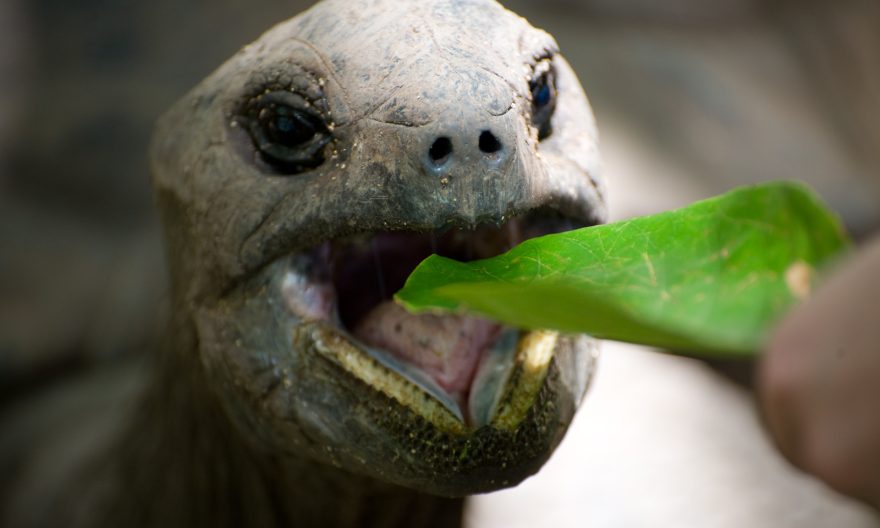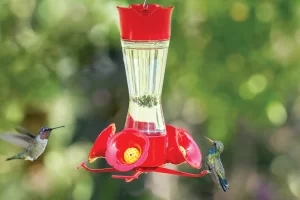
Table of Contents
Throughout history, turtles have been fascinating creatures. A turtle’s diet is an essential part of its health and well-being, and we will discuss these types of foods in this article.
Introduction:
Reptiles such as turtles are distinguished by their hard shells and slow, steady movements. There are many habitats where these animals can be found worldwide, including forests, deserts, and wetlands.
Even though many individuals are familiar with the appearance of turtles, fewer are familiar with their diet. The purpose of this article is to examine what turtles eat, including the types of food that are essential to their health and survival.
What Do Turtles Eat?
Throughout history, turtles have been fascinating creatures. A variety of habitats around the world are home to these animals, which are well known for their hard shells and slow, steady movements.
A significant factor that makes turtles so interesting is their diet, which can vary greatly from species to species.
The purpose of this article is to describe what turtles eat, including the types of food that are essential to their well-being and health.
After discussing the different types of turtles, we will examine what they consume. There is a great deal of variation in turtle diets depending on the species, as we discussed earlier.
To provide you with a general idea of what turtles eat, here are some general guidelines:
1.Omnivorous turtles:
Several types of turtles, including box turtles and red-eared sliders, eat plants as well as animals.
Many foods can be offered to them, including lettuce, apples, crickets, and worms. Turtles need a balanced diet of proteins and vegetables to remain healthy, so it is imperative to provide them with a balanced diet.
2.Carnivorous turtles:
A variety of animals are consumed by these turtles, such as snapping turtles. The diet of these animals can consist of fish, crayfish, and other aquatic animals.
Turtles require a variety of proteins to stay healthy, so it is important to provide them with a varied diet.
3.Herbivorous turtles:
Plants are the primary food source for these turtles, such as tortoises. Grass, leaves, and vegetables can be fed to them.
These turtles require a variety of foods, so it is important to provide them with a varied diet
Types of Turtles:
It is important to recognize that turtles come in many different species, each with its own set of dietary requirements. Turtles can be classified into the following types:
1.Box turtles:
This species of turtle is native to the United States and is known for its hard, hinged shell, which allows it to retreat into its shell when threatened. Plants and animals are both eaten by omnivores.
2.Red-eared sliders:
Located in the southeastern United States, these turtles are one of the most common types of pet turtles.
A variety of foods can be fed to them, including lettuce, apples, and crickets, as they are omnivores.
3.Snapping turtles:
There are several species of large, freshwater turtles that have powerful jaws and long, sharp claws.
Fish, crayfish, and other aquatic animals are their primary food sources. They are carnivores.
4.Tortoises:
Turtles that live on land are known for their thick, dome-shaped shells. Grass, leaves, and vegetables are the primary foods they consume.
5.Sea turtles:
Turtles of this type are large, marine creatures that live in tropical and subtropical waters around the globe. Their diet may include lettuce, apples, crickets, and other omnivorous foods.
Nutrition Diets for Turtles:
All animals, including turtles, require proper nutrition to stay healthy and happy.
If you wish to provide your turtle with the proper nutrition, you must understand its nutritional needs and provide a variety of foods that contain all the necessary nutrients.
When feeding your turtle, you should consider the following factors:
Protein:
Turtles must consume protein in their diets to support their growth and development. Carnivorous and omnivorous turtles require more protein than herbivorous turtles since they consume more animal products.
Fruits and vegetables:
A turtle’s diet should include these essential vitamins and minerals. To ensure that your turtle is receiving all the nutrients it requires, it is important to provide a variety of fruits and vegetables.
Calcium:
Turtles require calcium to develop and maintain strong bones. Dark green leafy vegetables such as kale and collard greens contain calcium, as do calcium supplements.
Water:
You should always provide your turtle with clean, fresh water. It will help to maintain their health and hydration.
Conclusion:
The dietary needs of turtles vary based on their species, making them fascinating creatures.
You should provide your turtle with a balanced diet that includes a variety of proteins, fruits, and vegetables as well as calcium.
Your turtle will live a long and healthy life if you provide them with the appropriate nutrition and understand its dietary needs.


